
We kindly inform you that, as long as the subject affiliation of our 300.000+ articles is in progress, you might get unsufficient or no results on your third level or second level search. In this case, please broaden your search criteria.



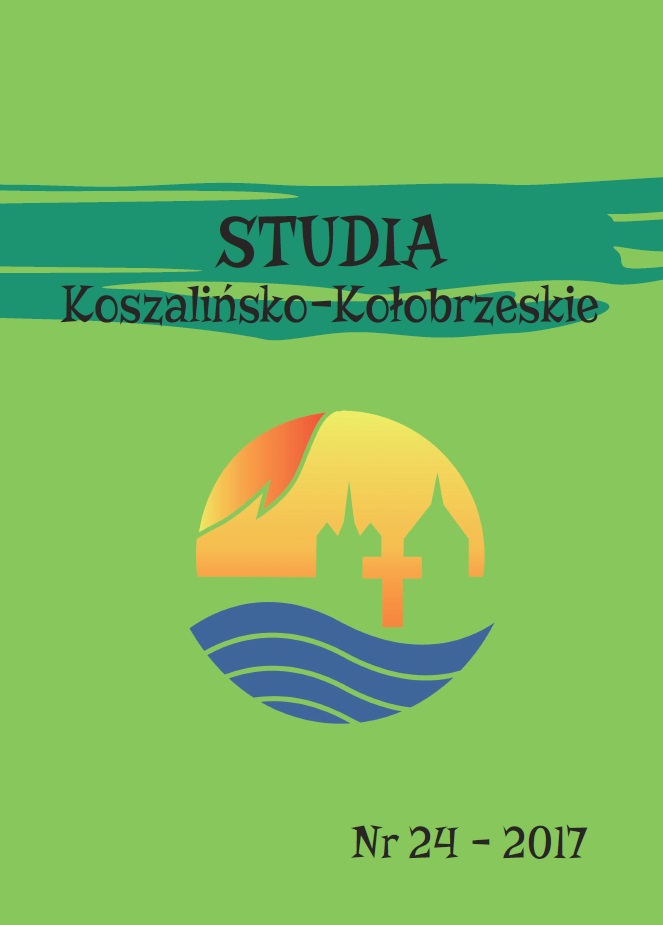
Initiatory catechesis includes different forms of teaching and upbringing leading to the preparation for receiving the sacraments of Christian initiation. This type of catechesis is realized by the programme Youth on the threshold as material for work with young people preparing in their parish for the sacrament of confirmation. It is a unique way of answering the question: How to help the confirmands remain in the Church and be the Church? A crucial purpose of the programme is to encourage the members of formative meetings to work on their own human development, both intellectual and spiritual. In this programme, the most dominant are existential, kerygmatic and mystagogic aspects, which means it arouses faith and tries to accompany young people in their preparation for receiving the sacrament. Contemporary catechesis should be the catechesis of life which “not only gives ideas but also accompanies us in our pilgrimage” (Francis, Evangelii gaudium, 156–175).
More...
The author of the article answers the question: What do we mean by one’s inability to receive fruitfully the sacrament of Confirmation? It is a lack of the conditions necessary to multiply graces associated with a particular sacrament. It is a kind of resistance to the use of all the gifts that are connected with the reception of the sacrament. This inability causes one to become a person who wastes the power given by the Lord. The author then discusses the reasons for this inability and simultaneously shows the factors which can enhance a human being’s fruitful reception of the sacraments, especially of the sacrament of Confirmation. Among the factors of inability, the author includes: netoholism, phonoholism (addiction to the internet and the cell phone), defamilization (the undoing of the family), “irresponsibilism”, epidermal (superficial) religiosity, psychocide and spiritocide (the killing of the psyche and the spirit), intrusiveness of global trends and the lack of pastoral creativity for today’s youth. The author also reveals factors which can promote the ability of teenagers to make the sacrament of Confirmation effectively: the multiplicity of methods of evangelization, modern affirmation of integral development, “plasticity” of personality, the desire for community resulting from development, the longing for the sacred and the search for a way to live.
More...
The topic of growing into being a mature Christian should be related to the mission, that is, to Christ’s last command. The author of the article responds to the question, to what extent the Christian mission is present in the fruits of the gift of the sacrament of confirmation. To accomplish this task, the author first describes the sacrament of confirmation and Christian mission as is presented in the catechisms and in the documents of the Church, including polish directories regarding catechesis. Then he discusses the change brought about by the understanding of the missions in terms of new evangelization and call to pastoral repentance. As a conclusion, the author suggests some catechetical and pastoral proposals.
More...
The aim of the article is to describe the grounding for the need for social rites and to emphasize the dangers of associating them with Christian initiation included in the sacrament of confirmation. The need for rituals, which is a tendency more and more revived in the postmodern society, inspires to rethink the initiation character of the sacrament of confirmation, which is expressed in the very rite of its distribution and reception. Proper introduction of young Christians into the understanding of the essence of the sacrament of confirmation and into the rite itself can satisfy the need for the participation in rituals in general. However, this introduction should not be understood as an alternative to various cultural rites of passage, or to the rituals of initiation, but, first of all, it must be grasped as the experience of God’s presence in all stages of human life and of God’s invitation to friendship through the Church. Preparation for confirmation should help youth to realize that being a Christian demands the conscious involvement in the covenant with God, and Christianity is a chance for a successful life.
More...
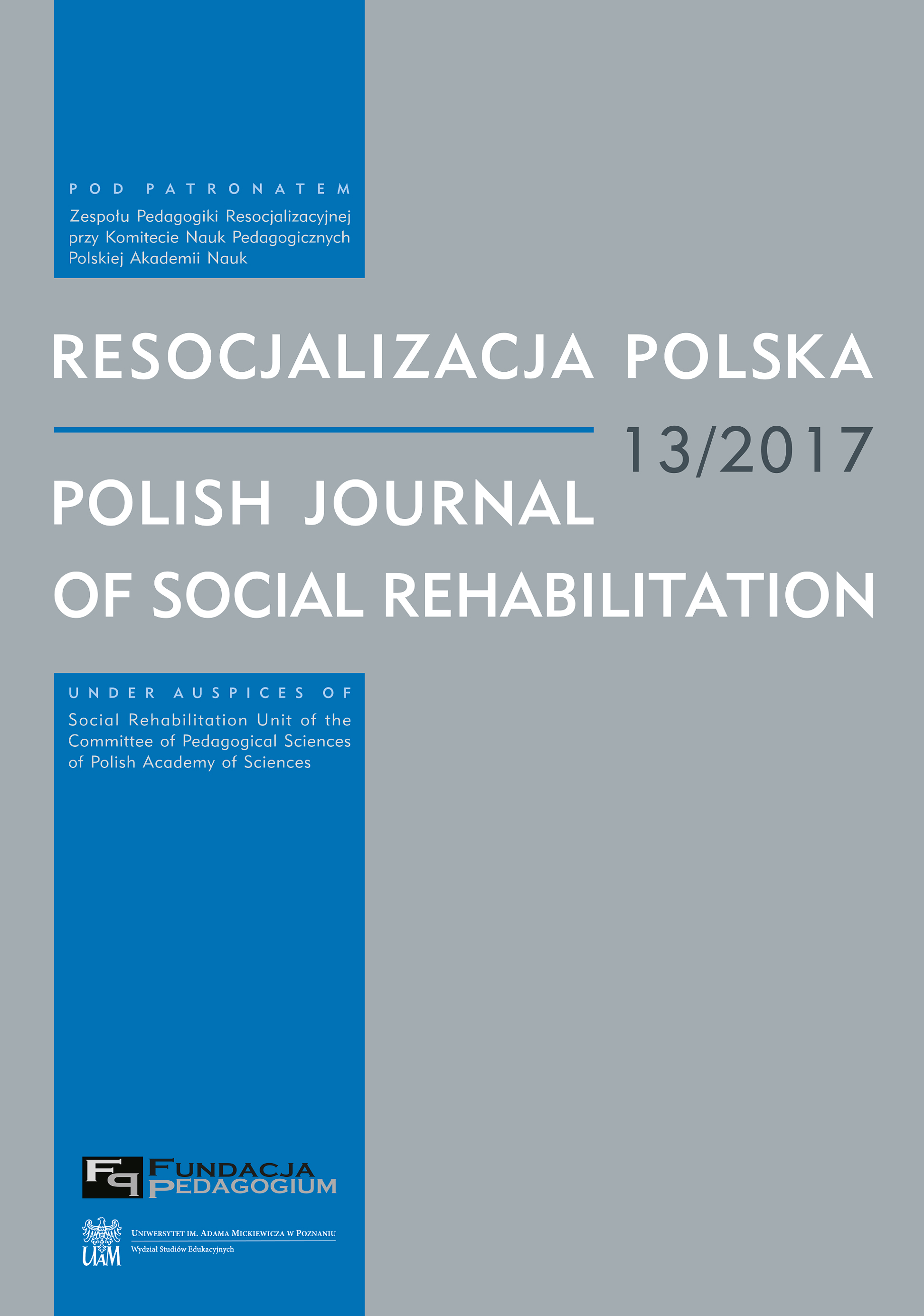
Refleksje pedagogiczno-teologiczne dotyczące procesu destygmatyzacji z postawy dewiacyjnej w normatywną ze względu na zastosowanie we wspólnocie kościoła katolickiego inicjuje cytat wypowiedzi Jana Pawła II do więźniów: „Jesteście skazani, to prawda, ale nie potępieni”. Dlatego narracja tego tematu opiera się na podejściu do prawdy o człowieku i Bogu, stosowanym przez uczonego wyznania mojżeszowego, Viktora Emila Frankla, znawcy Starego Testamentu, oraz Jana Pawła II, znawcy Starego i Nowego Testamentu. Ich podejście do tematu jest oparte na poznaniu tego samego Boga i człowieka przez rozum i przez wiarę, co nadaje mu oryginalne znaczenie w historycznym procesie starotestamentowego i nowotestamentowego wytłumaczenia pojednania – czyli powrotu do postawy normatywnej – w wymiarze jednostkowym i wspólnotowym, dotyczącym współczesności.
More...
Pedagogical and theological thinking about the process of destigmatisation from the deviation attitude into normative one according to using it in the Catholic Church’s Community is initiated by quote of John Paul II to prisoners: “You are sentenced, but not damned”. So that, narration of this topic is based on approach to truth – about a man and God – used by scholar of Jewish faith which was Victor Emil Frankl. He is called as the judge of The Old Testament as John Paul II the judge of Old and New Testament. Their attitude to the topic is based on knowing the same God and a man through the mind and faith, what confers on original meaning in the historical process of Old and New testament’s explanation for reconciliation. In other words, returning to the normative approach in the single and community dimension, involving contemporary times.
More...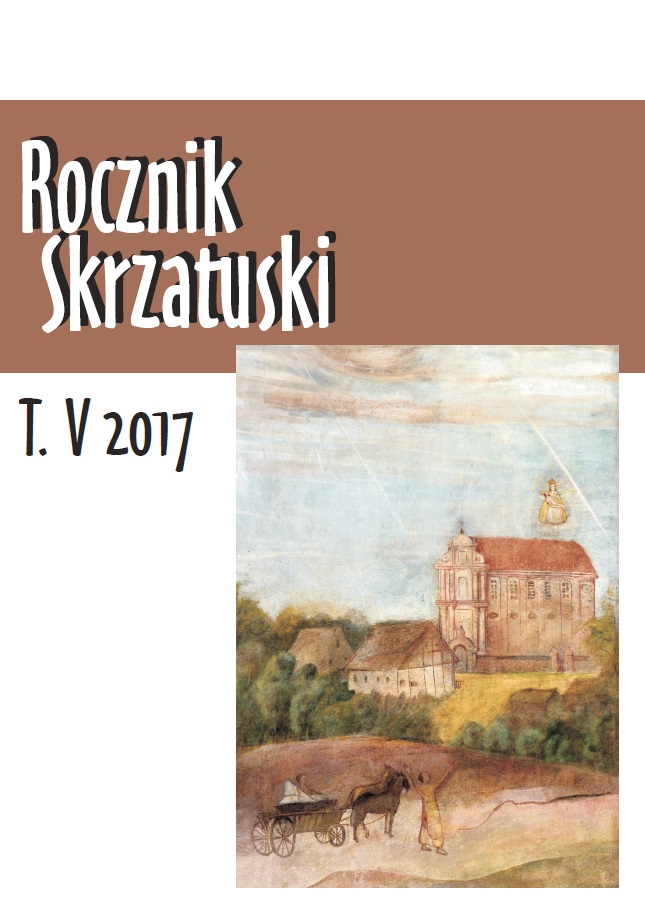
The article analyzes the memories of pilgrims coming to the Marian shrines in Skrzatusz and Rokitno and to the former Free Prelature of Pila (Piła) in the years 1983–2013. These were printed in the same time in the Prelature’s journal Johannesbote. The whole picture of pilgrimage testimonies consists of not only their personal, internal, and religious experiences. They are tightly connected with the painful war history and complicated Polish-German relations. The clergy plays an important role in shaping the attitudes of German Catholics not only in sole faith, but also in relations with Poles, in the overwork of their common history. We can read of some concrete figures of bishops and priests who were also expelled, sharing the fate of their faithful for the rest of their lives. These are testimonies of gratitude of Catholics for their faithful life, the sacraments received, and for help to build a new identity in their postwar history.
More...

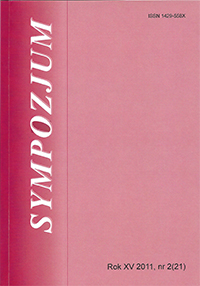
Didactic devices help to increase the efficiency of the instruction process. Most commonly they are divided by applying the criterion of exposed stimuli. We speak then of: visual devices, auditory devices and audiovisual ones. Some add also verbal devices or others, affecting the sense of taste or smell. This vast variety of didactic devices is used in teaching religion too. Image, sound, multimedia combined with a proper catechist’s verbal commentary are supposed to actualize the primary goal of catechesis, i.e. “to put people not only in touch but in communion, in intimacy, with Jesus Christ” (Catechesi tradendae 5). Th e teacher’s activities and the use of didactic devices should always be harmonized for the better achievement of this aim. Then it constitutes the basis for appropriate cooperation between the catechist and the pupil in order that the catechetical instruction become more effective.
More...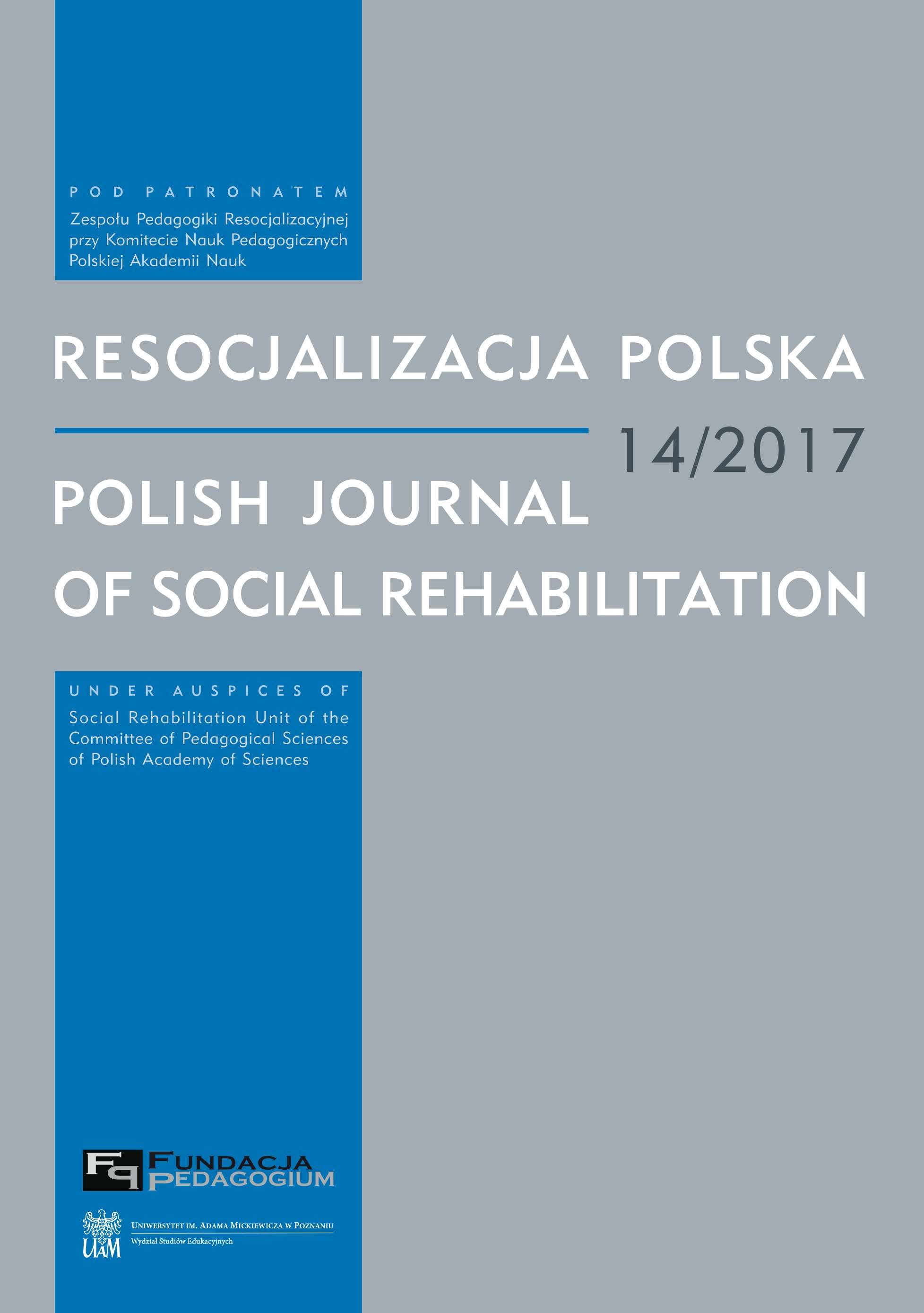
Autor omawia naukową literaturę poświęconą badaniom dotyczącym znaczenia religii i wiary w procesie resocjalizacji oraz transformacji tożsamościowej. W kontekście wychowania resocjalizującego możemy mówić o religii jako o sile generującej pozytywną zmianę. Autor dowodzi, że konwersja może pomóc uwięzionym osobom uniknąć recydywy, przeciwdziała uzależnieniom oraz pomaga odnaleźć i uwierzyć w dobre życie.
More...
The author presents scholarly literature which examines the topic of religion and faith in rehabilitation and in transformation of identity. In the context of correctional treatment we can talk about religion as a force for positive change. The author concludes by suggesting that conversion might assist incarcerated people to avoid recidivism and substance abuse, and perhaps, find or believe in satisfying and meaningful lives.
More...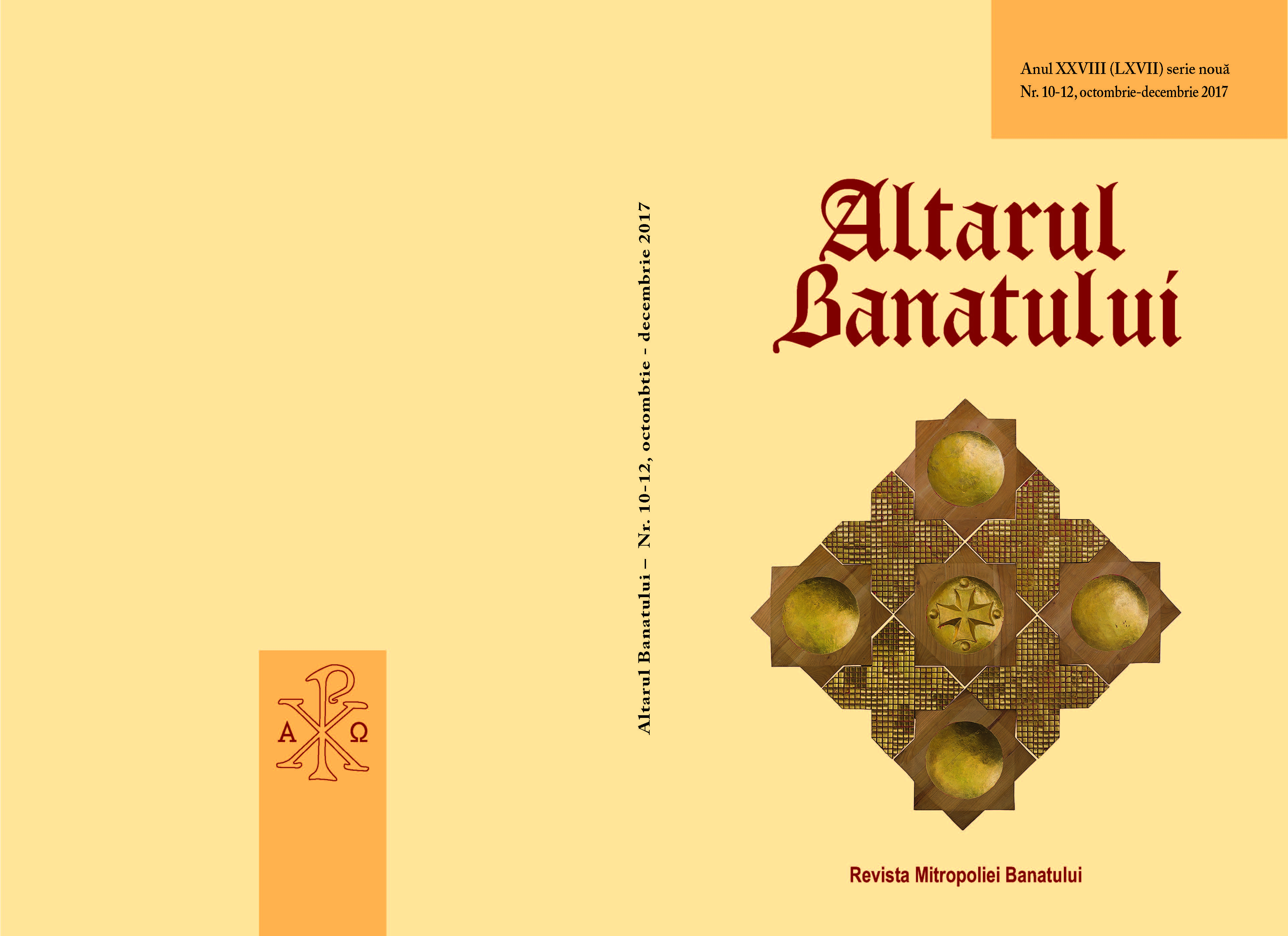

The Christian communities already in the antiquity took care of refugees and migrants. In the following centuries, the Church has repeatedly called for help provided to foreigners, placing particular emphasis on satisfying their spiritual needs. Therefore, recommendations were made to provide pastoral care in their mother tongue or even to create personal parishes for them. The intensification of the Church’s teaching on migration has taken place in the second half of the twentieth century and continues to this day. The documents of the Holy See and the Popes’ statements focus on showing the advantages and dangers of migration and point to various ways of the concern for migrants.
More...
Contemporary culture can be described as provisional and temporary. A provisional culture is closely bound with such ideologies as secularism, individualism, relativism, practical materialism, hedonism and consumerism. These dominant cultural paradigms threaten the Christian understanding of family, hindering its comprehensive development and its ability to fulfil its basic objectives such as mutual welfare of the spouses or giving birth to and raising offspring. A provisional culture poses a threat and a great challenge for the family. Taking into account the fact that each culture is an expression of the human spirit and an environment for building identity and interpersonal relations, a Christian family must not ignore the problems of the contemporary world, but rather undertake a dialogue with a provisional culture aimed at presenting and promoting the Christian model of family, being the first school of faith, preaching and defending a culture of life.
More...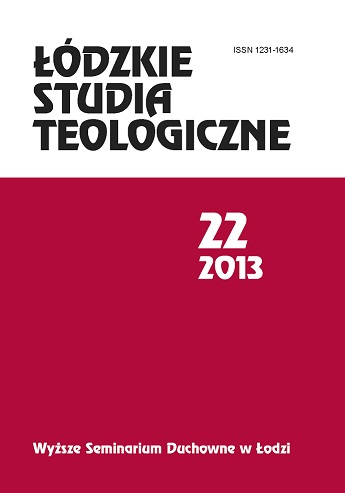
The beginnings of eminent initiative of bishop Wincenty Tymieniecki, the first parish priest of the st Stanislaus Kostka cathedral parish, are disappearing into the past. It is astonishing that organization which had been running a dozen or so social institutions, operating for two decades and helping many thousand inhabitants of Lodz, had left so few traces. The Association of Shelters of st Stanislaus Kostka was established in autumn 1914. After its re-registration in 1922 it had been operating up to autumn 1936. The Association’s peak of development was reached in 1917. Then the organization had been running eight schelters, two hostels for children, creche, two hostels for the homeless and school for the deaf and dumb. Furthermore, the Association had been running sewing and shoemaker’s workshop and the one producing headgears. Courses for pre-school teachers were finished in the same year as well. In August 1920 the Management of the Association, facing serious problems regarding balancing the budget of the organization, decided to gradually close down schelters and even hostels, on condition that the budget improved. After 1922 only „Sienkiewiczówka” and III schelter remained and after a while the organization lost its importance and was replaced by other social organizations, mainly by Lodz diocesan „Caritas”. The Association’s activity is an interesting example of civil activation of inhabitants of Lodz, an attempt to overcome social issues tormenting this industrial city. History of activity of the organization shows transformation of the social policy of municipal authorities. The initial civil activity was supported by official authorities on the principles of subsidiarity and it concerned German occupation authorities above all. Along with coming a time when the Republic of Poland had been formed, the attention was reallocated to full control of social institutions and with time municipal authorities started to limit its support. Not only did they seize the role of the creating entity but they also operated their own institutions. That way, civil activity taken up to date, was significantly limited.
More...